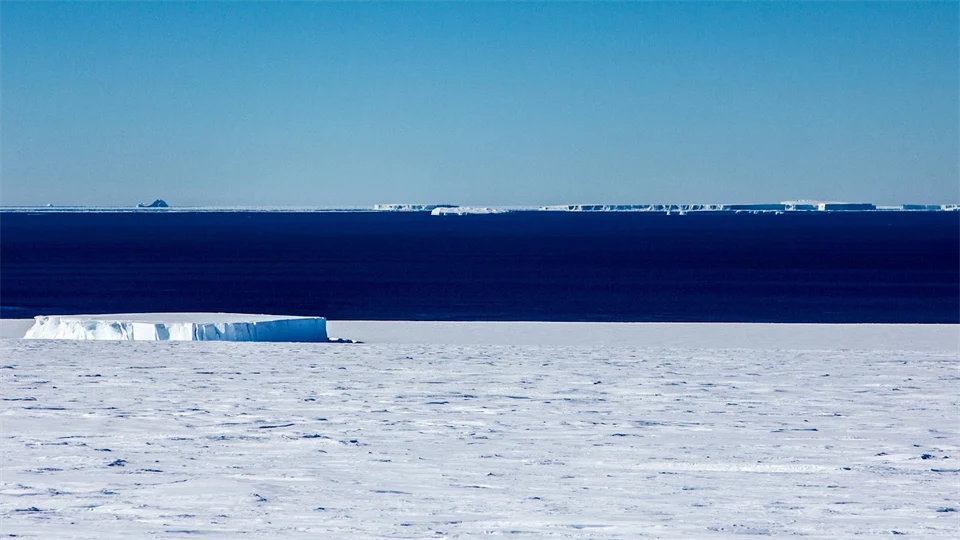Melting of the Riiser‑Larsen Ice Shelf in East Antarctica
This project addresses one of the major challenges of our time: understanding how melting ice in Antarctica contributes to global sea level rise.
The project is part of the multidisciplinary initiative iQ2300, which brings together Swedish and international researchers to study the evolution of the Riiser-Larsen Ice Shelf in East Antarctica up to the year 2300.
By deploying phase-sensitive radar systems and snow-ice sensors, we will obtain millimetre-precision measurements of ice melting. The goal is to close the gap between satellite-derived estimates and in-situ observations, thereby improving future projections of sea level rise.
Combining field measurements with satellite data, oceanographic observations, and climate models will allow us to identify the key processes driving basal melt. The results will be integrated into ice and ocean models to refine our understanding of Antarctica’s role in the global climate system.
The societal relevance of this project lies in its contribution to more reliable predictions of future sea level rise – crucial for planning and adaptation in vulnerable coastal communities worldwide.
Facts
Project period
250901—291231
Partners
Research groups
Project leader

Project members



